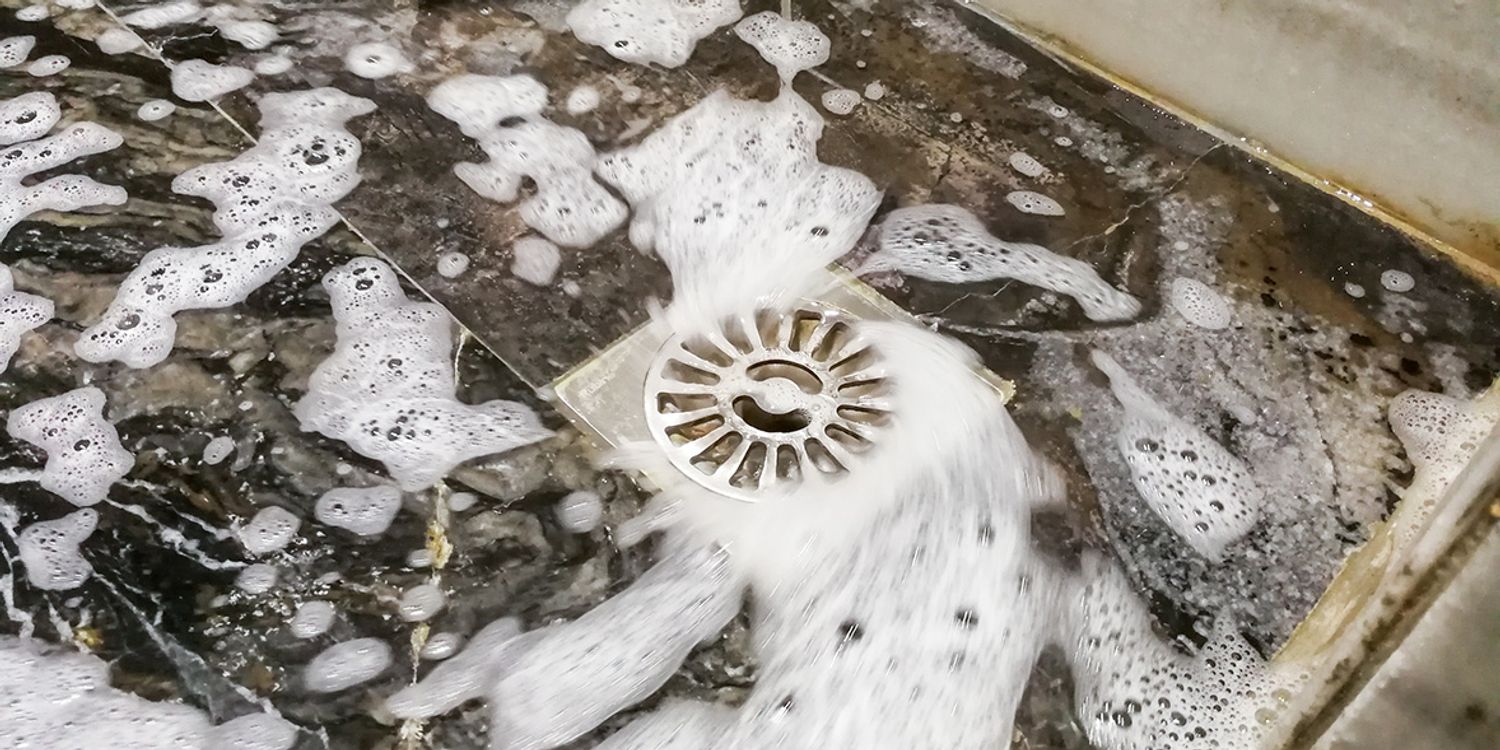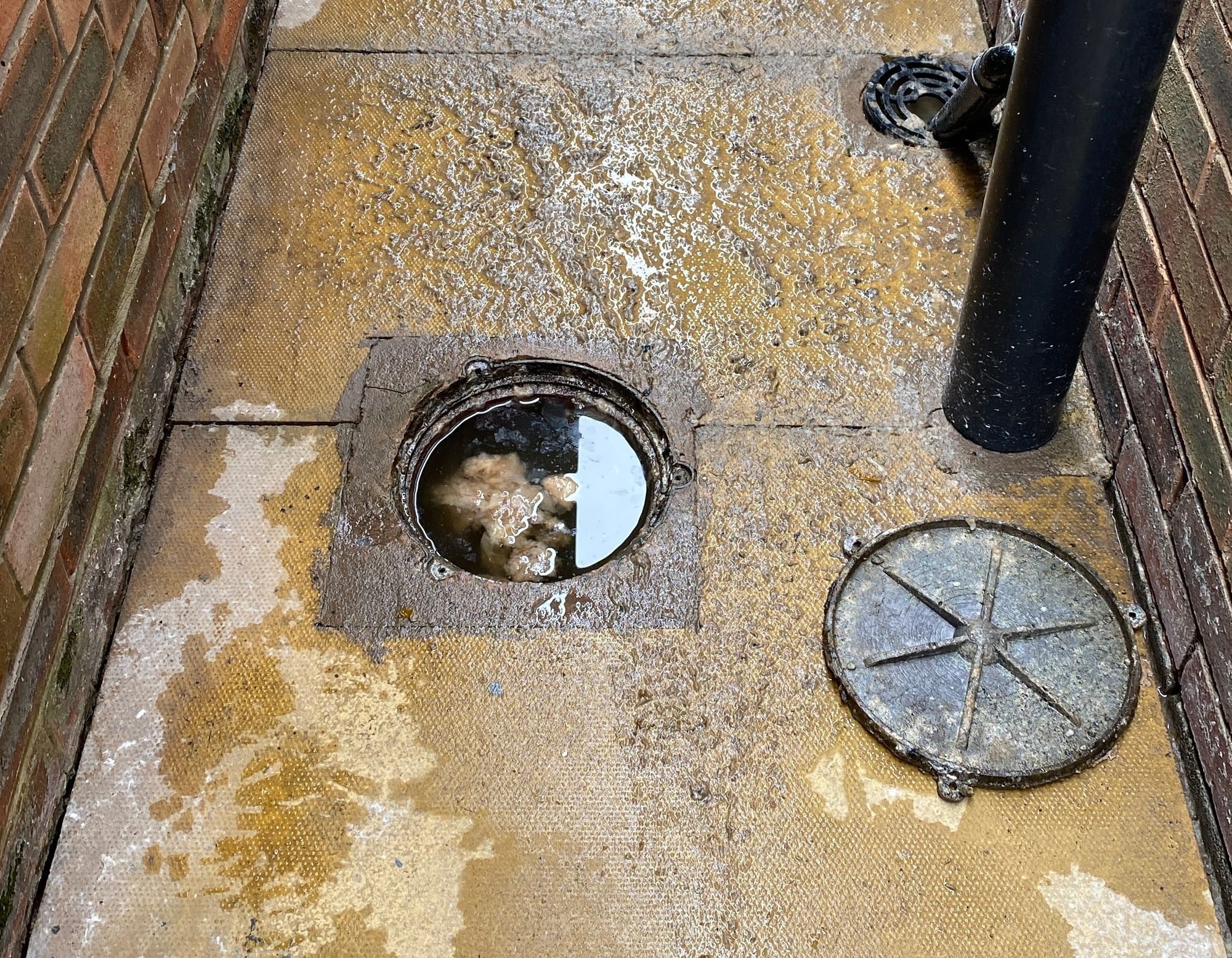Methods to Deal with a Blocked Drain Prior to Calling in Plumbing Professionals
Methods to Deal with a Blocked Drain Prior to Calling in Plumbing Professionals
Blog Article
What are your ideas on 8 Tips For Clearing A Blocked Drain?

Introduction
Managing a blocked drain can be an aggravating experience, interfering with everyday tasks and potentially triggering damages to your residential or commercial property. Nevertheless, prior to connecting to pipes experts, there are actions you can require to deal with the problem yourself. In this guide, we'll check out do it yourself solutions and preventive measures to deal with an obstructed drainpipe efficiently.
Recognizing the Problem
The initial step in addressing a blocked drainpipe is recognizing the indicators. Slow-moving drainage, gurgling noises, foul odors emanating from drains pipes, or water support up prevail indicators of an obstructed drainpipe. Identifying these signs early can assist protect against further issues.
Choosing the Right Plumbing Service
When choosing a pipes service, think about factors such as experience, licensing, and consumer reviews. Choose a credible plumbing with a performance history of quality handiwork and transparent prices techniques.
Price Considerations
The cost of specialist drainpipe cleaning services can differ depending upon the extent of the clog and the plumbing professional's rates. Request quotes from numerous suppliers and ask about any kind of additional charges to make sure transparency and stay clear of shocks.
Safety and security Measures
When trying DIY drainpipe cleaning, focus on safety. Wear safety gloves and eyewear to stay clear of contact with unsafe chemicals or microorganisms. Never blend different drain cleaning products, as this can generate hazardous fumes.
Situation Researches
Real-life instances illustrate the efficiency of DIY solutions and the significance of timely expert intervention in solving drain obstructions.
Common Root Causes Of Obstructed Drainpipes
Recognizing the factors that add to drain obstructions is essential for efficient resolution. Typical perpetrators consist of hair, soap residue, oil, food particles, and international items like hygienic products or paper towels. Tree roots invading below ground pipelines can likewise trigger considerable clogs.
Do it yourself Solutions
For small clogs, numerous do it yourself options can be efficient. Pouring boiling thin down the drainpipe can help liquify oil and debris. Sodium bicarbonate and vinegar or a combination of salt and cooking soda can work as all-natural cleaners. Making use of a plunger or plumbing serpent to remove obstructions is one more choice.
Tools and Equipment
Having the right tools handy can make do it yourself drain cleaning much more reliable. A bettor is a flexible tool for clearing clogs in sinks, bathrooms, and showers. A plumbing serpent or auger can reach much deeper blockages, while drain cleansing chemicals can be utilized very carefully for persistent obstructions.
Safety nets
To prevent future blockages, embracing preventive measures is essential. Mount drain guards or filters to catch hair and debris prior to they enter the pipelines. Frequently flush drains pipes with hot water to dissolve oil accumulation, and stay clear of throwing away oil or solid waste down the tubes.
When to Call a Specialist
While do it yourself solutions can fix minor clogs, specific indicators show the need for professional assistance. Persistent obstructions, foul odors despite cleansing efforts, or multiple drains pipes backing up concurrently are red flags that necessitate expert intervention.
Conclusion
By following the tips laid out in this overview, you can effectively take on obstructed drains pipes and protect against future pipes problems. Whether choosing do it yourself services or looking for specialist help, punctual activity is vital to maintaining a healthy pipes system and maintaining the integrity of your home.
WHAT I LEARNED FROM TRYING TO DEAL WITH A CLOGGED DRAIN
We have had our share of seepages and other annoying things that are part of living, especially in an apartment complex. And if there’s one thing that’s terrifying for a homeowner—or even someone in a rented home—it is a clogged drain, indoors or outdoors.
We enjoy our living space, but it’s simply a fact of life that dead skin, soap and a host of other items go down the drain; eventually, the residue builds up and prevents anything from moving. Ugh.
Not Calling A Professional
Of course, it might seem simple to just whip the pipe off under the sink and see if you can unblock it. Unfortunately, what if the blockage isn’t there, or you don’t reconnect it properly? Worse, you might break a piece and have no drainage system. Can you imagine that scene? Yuck!
Not Watching Your Waste
This will sound d’uh, but the best tip I can give you for drain cleaning is to avoid clogging the drain in the first place! You can do this by monitoring what goes down the drain and catching the items which are most likely to give you a problem. Invariably hair, vegetable peels, and large wads of toilet paper are the most obvious culprits. Add a filter—these are available in hardware stores and can be removed and cleaned easily.
Poking The Drain
The first urge with a clogged drain is to poke at it with a stick or anything that resembles a stick. Sadly, this does not result in magically solving the issue. The mental image is, naturally, one of the stick just pushing through the offending item and all is well again. Reality is quite different and unpleasant and likely to lead to further problems.
The thing is, every drain has a series of bends that are not visible to us. Drains are built this way to prevent gases from entering the house. What happens when you poke a stick into the drain? Of course, it can’t bend around the corner. The more adventurous people will use force and end up wedging the stick or causing it to break off in the pipe—creating an even bigger issue. Worst thing? The stick will shift the block further down the pipe, creating the space for more to collect. Go ahead! Roll your eyes!
Using The Wrong Plunger
You know what they say: the right tool for the right job! Did you know there are different types of plungers besides the basic one we keep at home for an emergency? Yes, there are. For example, the toilet plunger has a bell-shaped bottom while the sink plunger is flat. This is an important difference and using the wrong plunger will be useless. There’s also a knack in using plungers—they must be placed in such a way that they create an airtight seal and then, moved slowly up and down—not as fast as we imagine.
https://vidyasury.com/2018/01/learned-trying-deal-clogged-drain.html

As a keen reader about How to handle a clogged drain in your home, I imagined sharing that excerpt was a good idea. So long as you enjoyed reading our article if you please do not forget to pass it around. Kudos for your time. Kindly visit our blog back soon.
Schedule Services Report this page